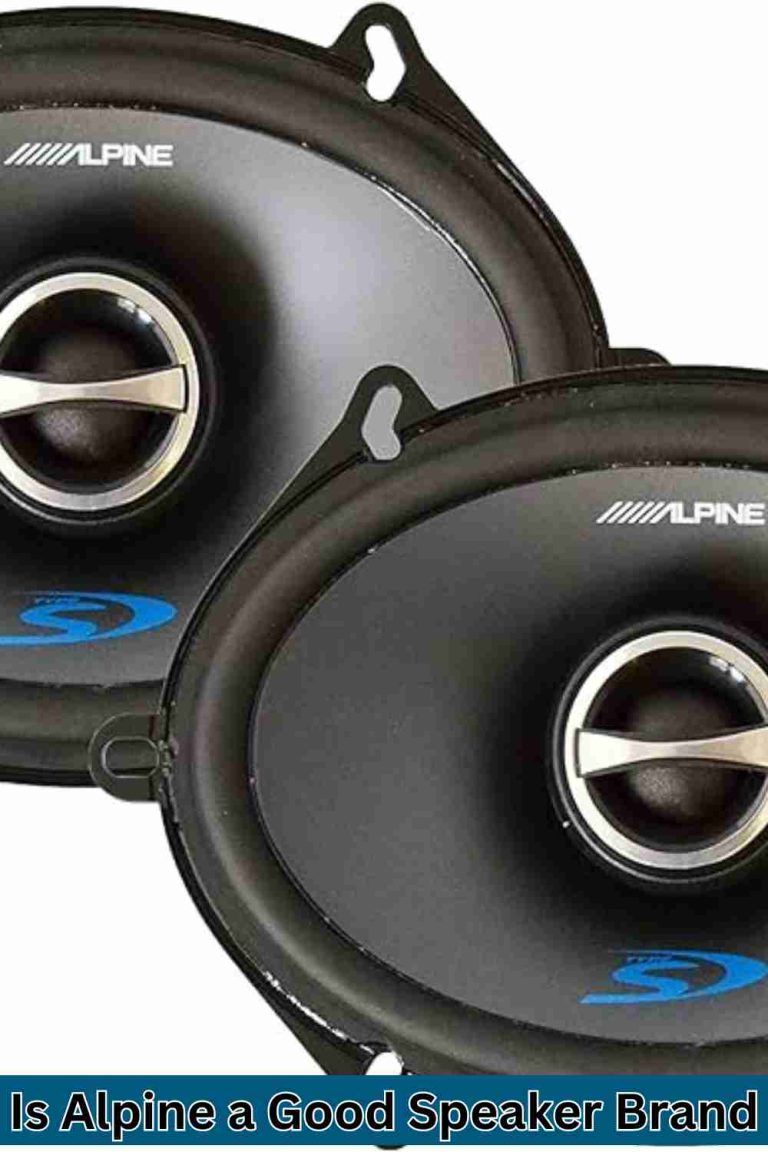How to Integrate Smart Home Devices: Ultimate Process
Integrating smart home devices can be done by ensuring a fast and stable internet connection, as well as using wireless protocols such as Wi-Fi, Bluetooth, and Zigbee for seamless communication between devices. Additionally, the Google Home app can be used to add and manage smart devices within specific rooms of the house.
Choosing The Right Smart Home Platform
Choosing the right smart home platform is crucial for seamlessly integrating smart home devices. With options like Amazon Alexa, Google Nest, and SmartThings, it’s important to consider compatibility, features, and ease of use to create a connected and automated home.

Researching Smart Home Platforms
When it comes to integrating smart home devices, one of the crucial steps is choosing the right smart home platform to connect and control your devices. With numerous smart home platforms available in the market, it can be overwhelming to make a decision. However, conducting thorough research can help you make an informed choice. Here are a few tips to guide your research:
- Start by exploring popular smart home platforms such as Amazon Alexa, Google Nest, Apple HomeKit, and Samsung SmartThings.
- Read customer reviews and testimonials to get insights into the user experience and overall satisfaction.
- Visit the official websites of different smart home platforms to gather information about their features, compatibility, and ecosystem.
- Join online forums, communities, and social media groups dedicated to smart home enthusiasts to seek advice and recommendations from experienced users.
Comparing Features And Compatibility
After conducting thorough research on smart home platforms, the next step is to compare their features and compatibility with your existing devices. Consider the following factors:
| Smart Home Platform | Key Features | Device Compatibility |
|---|---|---|
| Amazon Alexa | Built-in voice assistant, wide range of compatible devices, seamless integration with Amazon services | Works with most popular smart home devices, including smart lights, thermostats, security cameras, and more |
| Google Nest | Advanced machine learning capabilities, voice-controlled speakers, intuitive user interface | Compatible with a variety of smart devices, including thermostats, cameras, locks, and entertainment systems |
| Apple HomeKit | High level of data privacy and security, Siri integration, seamless automation with Apple devices | Works with a wide range of HomeKit-enabled devices, including lights, sensors, door locks, and more |
| Samsung SmartThings | Hub-based system, easy setup and control, integration with Samsung devices and appliances | Compatible with various smart devices, including lights, cameras, speakers, and home appliances |
Considerations For Smart Home Integration Companies
If you’re seeking professional assistance for smart home integration, here are some considerations to keep in mind:
- Research and evaluate different smart home integration companies to find a reputable and experienced service provider.
- Check their portfolio and previous client reviews to gauge their expertise and quality of work.
- Inquire about the smart home platforms they specialize in and their knowledge of different devices and ecosystems.
- Discuss your specific requirements and ensure that the integration company can meet your needs.
- Ask about post-installation support and maintenance services to ensure a smooth and hassle-free experience.
Steps To Integrate Smart Home Devices
Integrating smart home devices can transform your living space into a modern, convenient, and energy-efficient environment. By connecting various devices through a smart home hub, you can control everything from lighting and thermostats to security systems and appliances with just a few taps on your smartphone or through voice commands.

Setting Up A Smart Home Hub
A smart home hub serves as the brain of your smart home system, allowing you to connect and control multiple devices from a single platform. To set up a smart home hub, follow these steps:
- Choose a compatible smart home hub that suits your needs and preferences. Popular options include Amazon Alexa, Google Nest, SmartThings, and HomeKit.
- Connect the hub to your home Wi-Fi network and follow the manufacturer’s instructions to complete the setup process.
- Download the corresponding mobile app on your smartphone and link it to the hub.
Connecting Smart Lighting
Smart lighting systems offer convenient control over your home’s lighting, allowing you to adjust brightness, color, and create schedules. Here’s how to connect smart lighting to your smart home:
- Choose smart bulbs or fixtures compatible with your smart home hub or lighting control system.
- Follow the manufacturer’s instructions to install the bulbs or fixtures in the desired locations.
- Open the smart home app and add the lighting devices to the hub.
- Configure lighting scenes and automations to personalize the lighting experience.
Installing Smart Thermostats
A smart thermostat promotes energy efficiency and comfort by adjusting your home’s temperature based on your preferences and occupancy. Here’s how to install a smart thermostat:
- Choose a compatible smart thermostat that works with your smart home hub or heating and cooling system.
- Turn off the power to your HVAC system.
- Remove your existing thermostat and install the smart thermostat according to the manufacturer’s instructions.
- Connect the smart thermostat to your home Wi-Fi network and add it to your smart home hub.
Setting Up Smart Speakers And Multi Room Audio
Smart speakers and multi-room audio systems allow you to enjoy music and control your smart home using voice commands. Here’s how to set them up:
- Choose a smart speaker brand, such as Amazon Echo or Google Home, that integrates with your smart home hub.
- Plug in and power on the smart speakers in the desired rooms.
- Open the smart home app and add the speakers to your hub.
- Create speaker groups for multi-room audio playback.
Integrating Tvs And Security Systems

Integrating your TVs and security systems adds an extra layer of convenience and peace of mind. Here’s how to connect them to your smart home:
- Choose smart TVs and security systems that are compatible with your smart home hub.
- Follow the manufacturer’s instructions to connect the devices to your home network and hub.
- Link the devices to the smart home app for seamless control.
Connecting Smart Appliances, Showers, And Blinds
Smart appliances, showers, and blinds can enhance your home’s functionality and efficiency. Follow these steps to connect them:
- Choose smart appliances, showers, and blinds that are compatible with your smart home hub or integrated systems.
- Install the devices according to the manufacturer’s instructions.
- Connect the devices to your smart home hub using the provided apps or integration options.
Automating Your Smart Home
Automation allows your smart home devices to work together seamlessly, saving you time and effort. Here’s how to automate your smart home:
- Open the smart home app and navigate to the automation or routines section.
- Set up automated tasks or routines based on your preferences and needs.
- Use triggers such as time, location, or device interactions to initiate specific actions.
Exploring The Matter Standard For Device Integration
The Matter standard aims to simplify and enhance the interoperability of smart home devices from various manufacturers. Consider exploring this emerging standard to ensure a seamless integration experience. Keep an eye out for smart devices that carry the Matter logo for easy compatibility.
Frequently Asked Questions For How To Integrate Smart Home Devices
How Do I Link All My Smart Devices Together?
To link all your smart devices together, follow these steps: 1. Choose a smart home platform. 2. Connect smart lighting, thermostats, speakers, TVs, security systems, appliances, and more. 3. Automate your smart home using the platform’s features. 4. Consider the Matter standard for compatibility.
5. Consult tutorials and videos for guidance. By integrating your devices, you can enjoy the convenience and efficiency of a connected smart home.
How Are Smart Home Devices Connected?
Smart home devices are connected through various wireless protocols such as Wi-Fi, Bluetooth, Zigbee, or Z-Wave. These protocols enable the devices to communicate with each other and with the smart home network. A stable and fast internet connection is also crucial for seamless operation.
How Do I Add Smart Devices To My Home?
To add smart devices to your home, follow these steps: 1. Open the Google Home app. 2. Tap on “Devices” and select “Add Works with Google. ” 3. Follow the prompts to set a nickname for the devices and assign them to a specific room.
4. Ensure you have a stable internet connection for seamless operation. 5. Smart home devices use wireless protocols like Wi-Fi, Bluetooth, and Zigbee to communicate with each other.
How Will Devices Be Interconnected Inside The Smart Home?
Devices inside the smart home are interconnected through high-speed internet and wireless protocols such as Wi-Fi, Bluetooth, and Zigbee. This allows for seamless communication and operation between devices.
Conclusion
Integrating smart home devices is a simple yet powerful way to enhance your living experience. By following the right steps and using compatible platforms, you can seamlessly connect various devices and create a cohesive smart home ecosystem. From smart lights and thermostats to security systems and appliances, the possibilities are endless.
Remember to prioritize a stable internet connection and choose wireless protocols that ensure smooth communication between devices. With a well-integrated smart home, you can enjoy convenience, efficiency, and a truly connected lifestyle.






